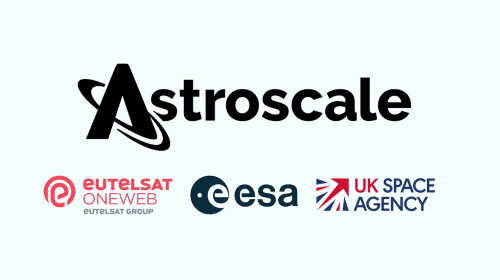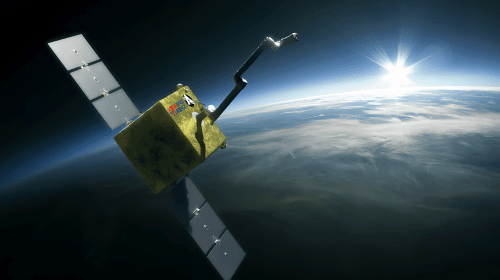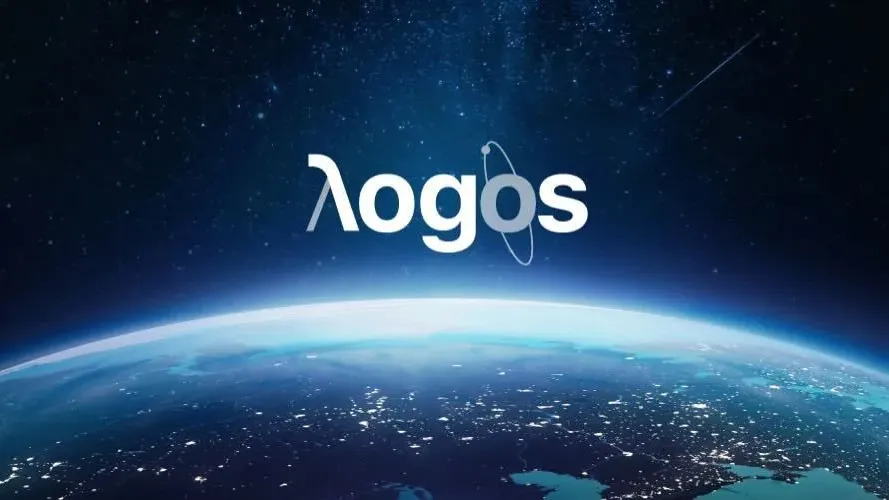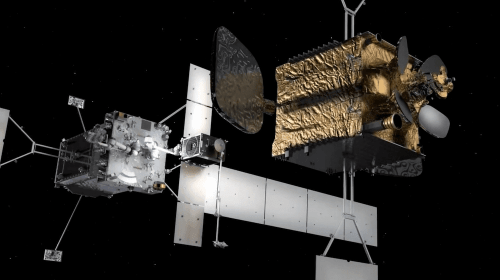How Will This Partnership Affect Market Trends?
Apr 19, 2025
The latest development in the satellite communications industry is the recent partnership between Viasat and Telesat, which has implications that go well beyond the immediate participants in the partnership. The multi-year agreement would see Viasat buy capacity from the Lightspeed constellation operated by Telesat, tackling long-standing limitations of satellite communications. Instead, this approach allows combining wide coverage of geostationary satellites with the low latency of LEO systems. This integration gives enterprise customers the ability to connect to connectivity solutions that are designed optimally for particular operational constraints compared to those that derive from the use of a single technology. Eventually, this results in a service offering greater reliability and flexibility, which are key to organizations in conditions where constant connectivity is necessary.
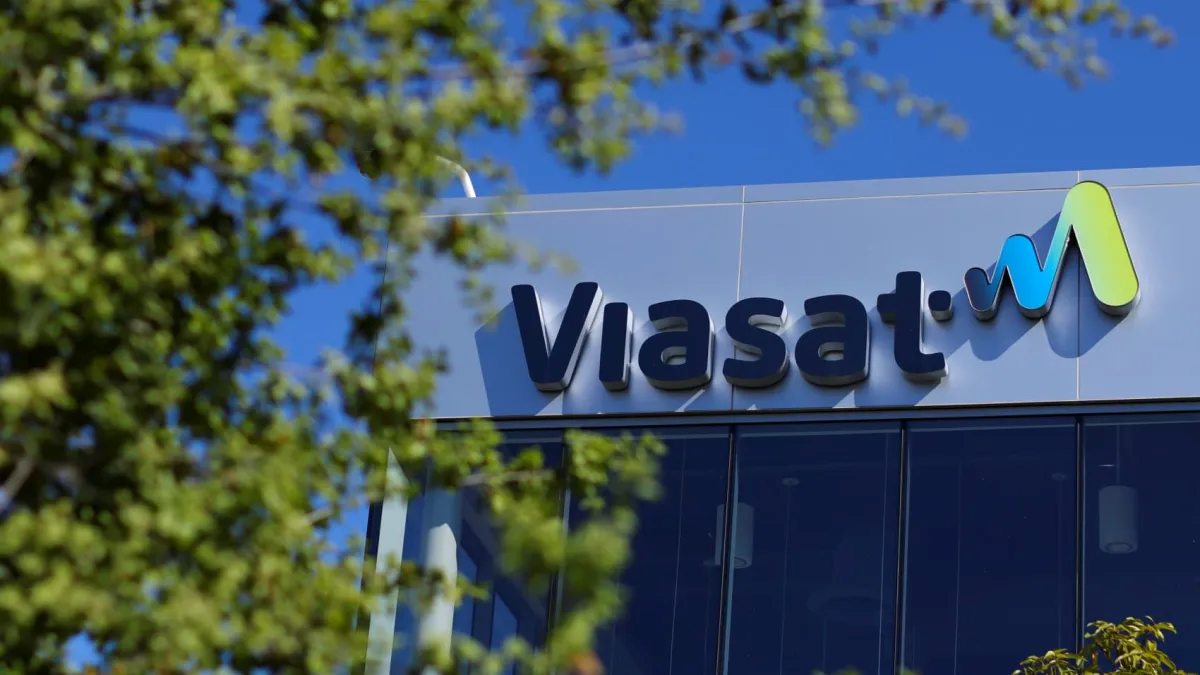 Viasat HQ. Credit: Google
Viasat HQ. Credit: Google
Viasat is expanding its multi-orbit capabilities across aviation, maritime, enterprise, and defense sectors to improve its competitive position in high-value markets. Typically, these segments mean premium connectivity solutions for performance and resilience focus versus cost only. It enhances Viasat’s previous arrangement with OneWeb but extends beyond maritime to cover several other sectors. With a comprehensive approach, the company is becoming an increasingly powerful provider of specialized connectivity solutions with premium prices and long-term customers.
One of the particularly interesting aspects of this partnership is that Viasat has announced that its existing GM-40 antennas will work with Telesat’s Lightspeed network when it goes operational in 2027. The compatibility removes a major barrier to adoption by protecting investment in customers’ existing infrastructure. Finally, Viasat’s planned upgrade to electronically steerable antennas is a heady combination of forward-thinking technology deployment that will facilitate seamless switching between one satellite network and another. It simplifies the operation for end users while maximizing the benefits of multi-orbit architecture.
Competition to field similar enhanced capabilities will come as competitors seek to match Viasat’s 2027 launch in Lightspeed. By this means, it will spur innovation across the whole industry and, over time, vanquish the boundaries between different satellite service categories. Organizations with mission-critical connectivity needs are assured improved options in performance and potentially reduced pricing in favor of the integrated solutions that these developments promise the providers as they compete. The Viasat-Telesat deal may represent a new era in satellite communications, which will involve less building of networks and more orchestration of them to provide customers with more robust, more versatile connectivity to enterprise customers around the world.
Strategic partnerships are emerging as viable alternatives to mergers and acquisitions, which have become increasingly prevalent in the satellite communications sector. Service providers are becoming increasingly independent of technology, focusing on providing optimal connectivity, whether on their own infrastructure or on another provider’s, and the hardware is becoming more flexible, software-defined systems that access multiple networks. This also further illustrates Viasat’s forward-thinking approach to technology implementation and investment protection by the compatibility of existing hardware with future network capabilities and planned upgrades to electronically steerable antennas. While this partnership unfolds toward Lightspeed’s operational launch in 2027, it has the ability to significantly shift competitive dynamics in non-consumer markets and set new standards for service flexibility, resilience, and performance across aviation, maritime, enterprise, and defense.

